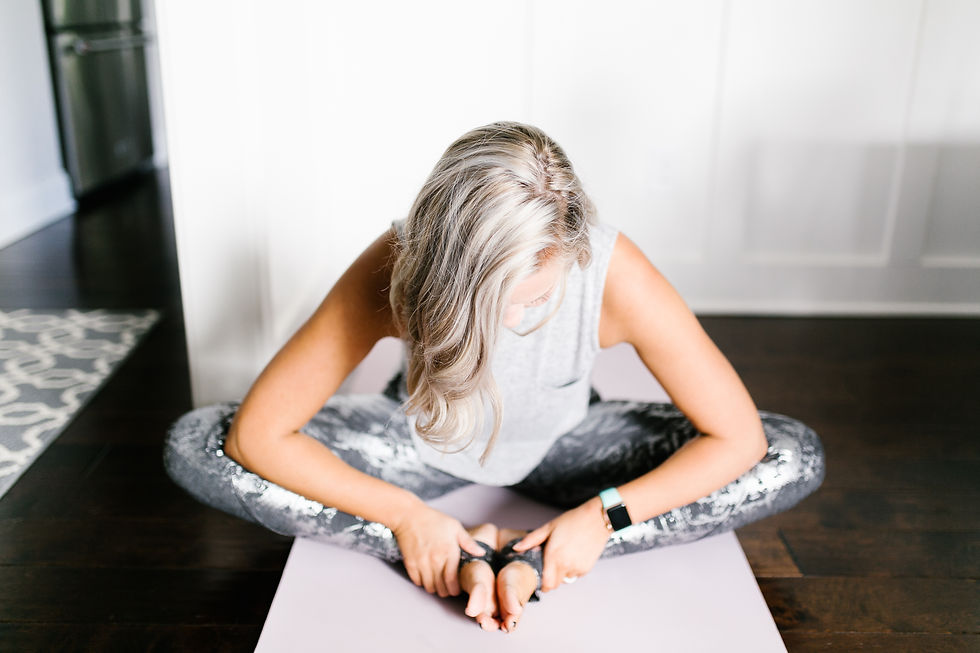Let's Talk About Injuries
- Patty Lauren

- Feb 11, 2019
- 3 min read
Oh, injuries. Every single one of us have had some type of injury whether it's as simple as a strained muscle or as severe as a tear or a break. If we're getting really technical, we injure ourselves every time we workout because we are essentially tearing and rebuilding our muscle fibers. This process is what creates muscle growth (hypertrophy). In this post, I'm sharing the steps you should pay attention to and the actions to take if you have suffered an injury like a pulled muscle or a strain. *This is my opinion as a fitness professional. I am not a doctor. Always seek medical attention in the event of a severe injury.

• Stop the Workout
If you are in the middle of your workout and you suffer an injure - stop immediately. I've been there where you continue to workout, ignore the pain, and push yourself through the workout. There is a time and place to push yourself and when you've sustained an injury is not the time. You risk not only making it worse, but also injuring something else in the process. Any time you feel sharp, shooting pain during an exercise or a workout, you should stop immediately. If you're under the guidance of a professional, let them know (we need to know these things, guys - don't be a hero in this situation) and let them give you a modification or assess the situation further.
If you sustain an injury outside of the gym, it's best to hit PAUSE on your workouts until you know exactly what's going on. If you've strained your back, it needs time to rest (see below), if you've pulled a muscle, it needs to rest.
More than likely, you can continue your workout program with modifications. However, you must communicate these things to your trainer or another trusted professional that can give you the right tools to keep yourself safe during your training program.
• Assess if you need medical attention
Some injuries are more serious than others. It is always a good rule of thumb to talk to your physician if you suspect something may be more serious than a muscle strain.
• SMR, if appropriate
Self myofascial release (foam rolling) may be appropriate. If you're feeling like you have tight muscles and it's putting a strain on your workout, you can try to foam roll the area. Many times, tight hips/hip flexors/glutes can be the culprit of low back tightness/pain. Tight IT bands (the muscles on the sides of your legs) can lead to hip and knee pain. Everyone is different, but sometimes over use of major muscle groups can lead to that finicky twinge in other areas.
• ICE
Ice, ice, baby. I can't say it enough. Ice will reduce inflammation while heat will increase inflammation. I know the heat feels soothing, but if you are suffering from an inflamed injury, you must ice first. Shoot for 20 minute increments. This is a short article from Southern California Orthopedic Institute that tells you why icing is so important for those acute injuries.
• Rest
In world where we love to be busy, rest is often the last item on our plate of to-dos. It's crucial for our brain and body recovery. If we ignore the signs are bodies are telling us (I need rest, I'm in pain, I'm sad, etc) those signs are going to manifest in much larger ways (severe injury, chronic pain, depression, etc.) A few days of rest are far easier to take than a few months in the event that injury turns into something more severe. You must treat your body kindly. Remember, you only get one, my friend.
As always, let me know and drop me an email if there's something I didn't cover that you want answers to!
xoxo,
patty lauren



Comments